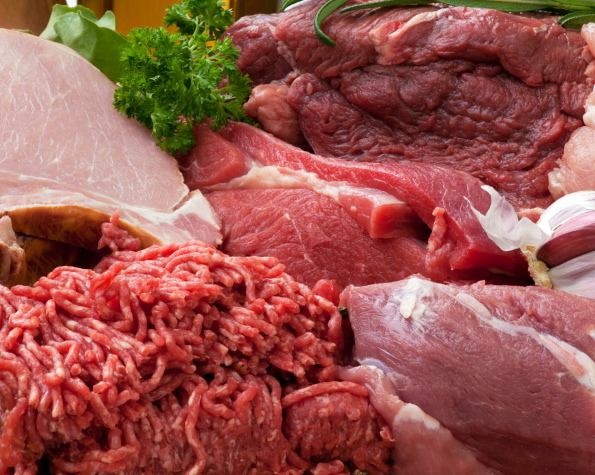Is That Meat Mechanically Tenderized?
When shopping for meat, it's not easy to tell apart mechanically tenderized meat from non-mechanically tenderized meat. In fact, it's impossible. So the U.S. Department of Agriculture is proposing that mechanically tenderized meat be labeled so that we can tell the two apart, according to USA Today. But what is mechanically tenderized meat?
According to the Centers for Disease Control and Prevention, mechanically tenderized meat makes up 26 percent of all the beef sold in the U.S. It's meat that has been poked with hundreds of tiny sharp blades or needles in order to make it more tender. But poking can also force bacterium like E. coli that may be on the surface deep inside the meat, and it doesn't necessarily get cooked away.
E. coli and other bacteria live in animals like cattle and pigs. There have been five E. coli outbreaks due to mechanically tenderized meat. To date, 174 people have gotten sick and four have died from the outbreaks.
The labels will also include cooking instructions for mechanically tenderized meat. Usually, heat from cooking will kill any bacteria that remains on a meat's surface. But USDA recommends that mechanically tenderized meat be cooked to an internal temperature of at least 145 degrees. After cooking, it should sit for at least three minutes to make sure that any bacteria that may have been shoved inside is killed. Otherwise, it could still be there when you eat your steak or burger.
